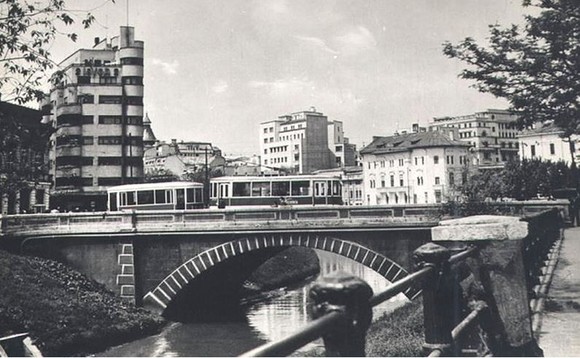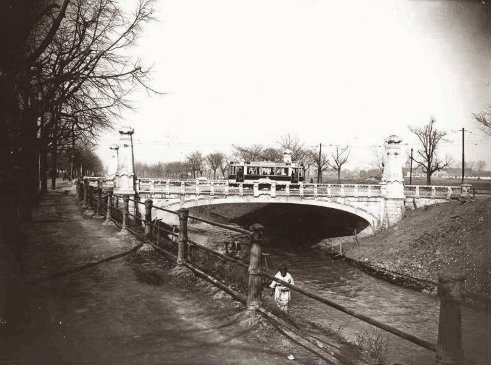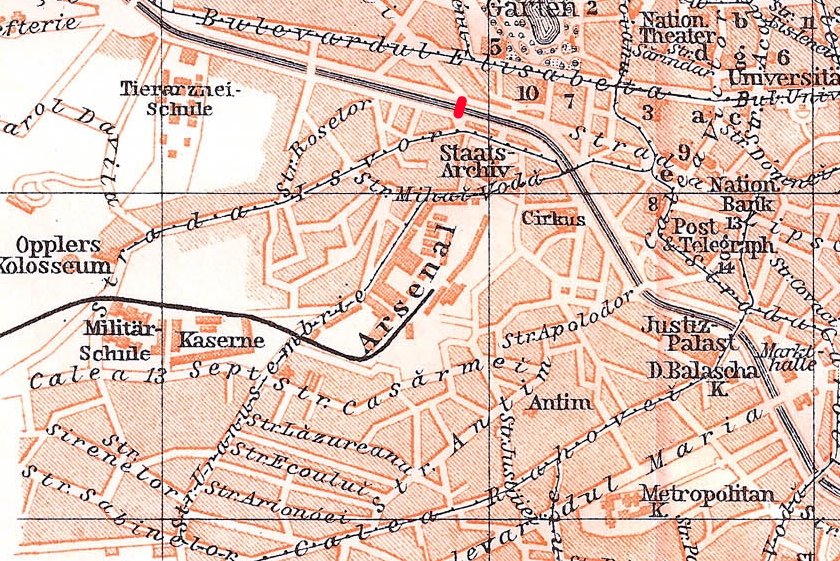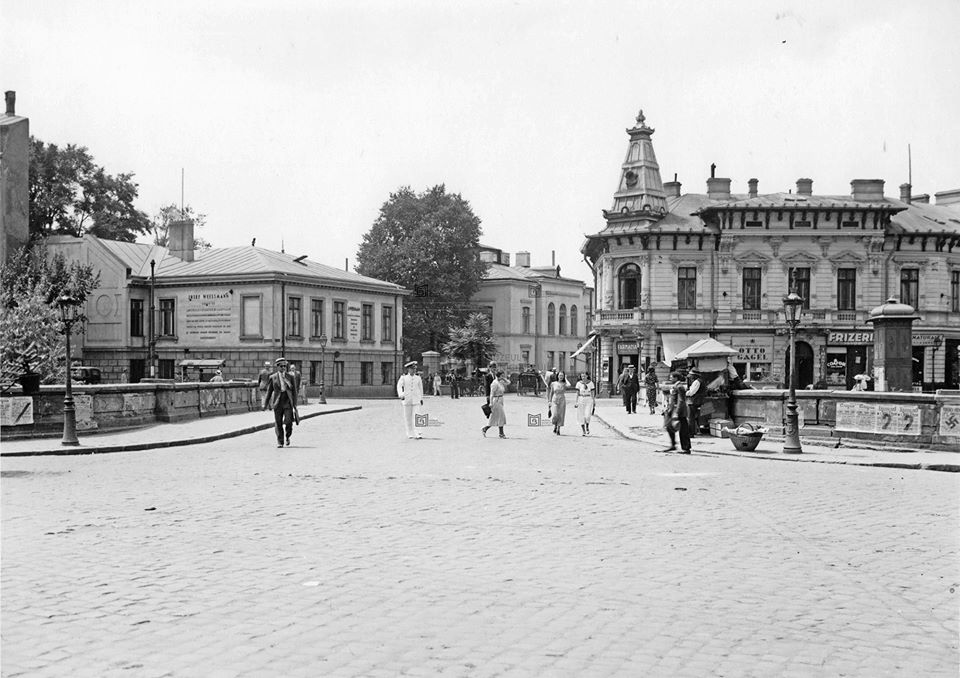
Old bridges over Dambovita
No one can imagine today that the river that crosses Bucharest for a distance of about 22 kilometers used to have clear and healthy water, which was also used for current consumption. At the beginning of the nineteenth century, however, the idyllic image of Dâmboviţa changed, the uncontrolled discharges of dirt turning it into an infected river. The regularization works in the 80s have definitively transformed both its aesthetics and slopes, as well as the bridges that cross it.
Jewelry destroyed by systematization
In the mid-80s Bucharest was almost entirely a construction site. There was no neighborhood where you could not hear the squeak of bulldozer tracks or the roar of pick hammers. In the rush of demolitions and chaotic constructions entered the Dâmboviţa River, whose unkempt appearance ruined the future image of the modern capital. The technical rehabilitation plan also targeted the bridges crossing the river, some of them true architectural jewels—their demolition left a lot of nostalgia and the scent of a definitively buried era.
Eroilor Bridge

(sursa foto) - https://bucurestiivechisinoi.ro/2020/06/podul-mihai-voda-in-perioada-interbelica/
On the occasion of the coronation in Alba Iulia, in 1922, of King Ferdinand and Queen Maria, one of the bridges over Dâmboviţa received the name of the sovereign. Later, after the communists came to power, King Ferdinand Bridge was named after Ştirbei-Vodă Street, which had one end at this bridge. Demolished and rebuilt in the '80s, it was named the Heroes' Bridge, after the nearby statuary group "Sanitary Heroes".
Izvor Bridge

(sursa foto) - https://bucurestiivechisinoi.ro/2011/02/podul-izvor/
Originally called Izvor Bridge, it was renamed 1898 Mihail Kogalniceanu Bridge, but it became Uranus Bridge in the '20s. Near it, the buildings of the Cultural League for the Unity of All Romanians were to be built, the current Lucia Sturdza Bulandra Theater, and opposite the dormitory of the Faculty of Medicine. On the other side of the bridge, instead of the Uranus-Izvor neighborhood, demolished in the 80s, there is now Izvor Park and the imposing building of the People's House.
Mihai Vodă Bridge

(sursa foto) - https://www.click.ro/news/bucuresti/aici-candva-era-un-pod-cum-disparut-podul-mihai-voda
Mihai Vodă Bridge was one of the most chic in Bucharest. Following the subway works in the 70s, it was transformed into a walkway on which both trams and pedestrians passed. After the systematization of Dâmboviţa, it was not rebuilt. It connected the neighborhoods of Uranus-Izvor and Splaiul Independentei. Nearby was the Mihai Vodă Monastery complex, where the State Archives had been established. After the demolitions, only the Mihai Vodă monastery remained, which was translated (moved entirely) and is currently hidden behind the façade blocks.
Rahova Bridge

(sursa foto) - https://adevarul.ro/stiri-locale/bucuresti/povestea-cartierului-rahova-sau-podul-calicilor-1438230.html
Rahova Bridge has also disappeared from the map of the capital. It was originally known as Podul Calicilor or Calita because it connected the Great Square in downtown Bucharest and the Calicilor Slum. After the War of Independence of 1877-1878 its name was changed to Rahova Bridge, in memory of the famous battle. It disappeared in the '30s when Dmbovita was covered with a concrete floor from Senate Square (United Nations) to June 8 Square, within the systematization action initiated by King Carol II.